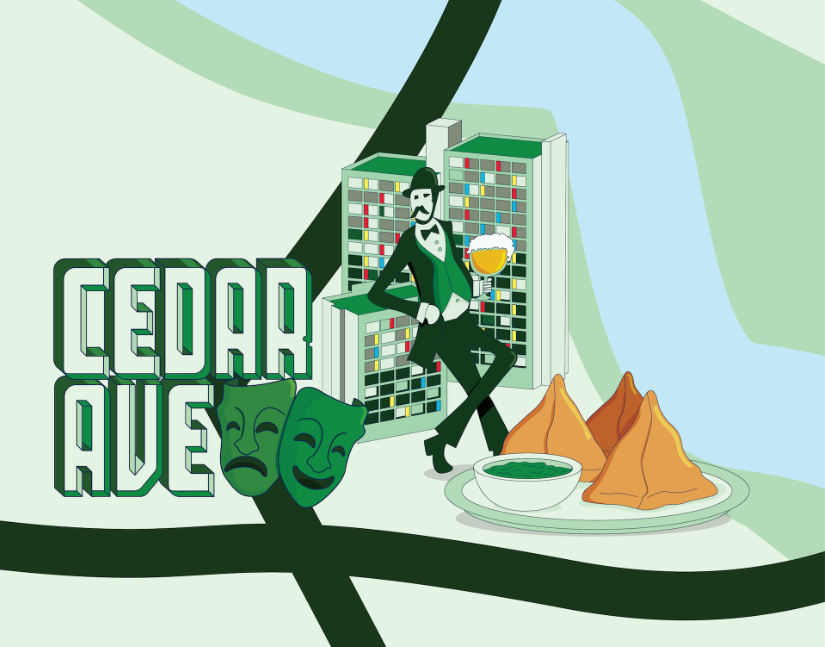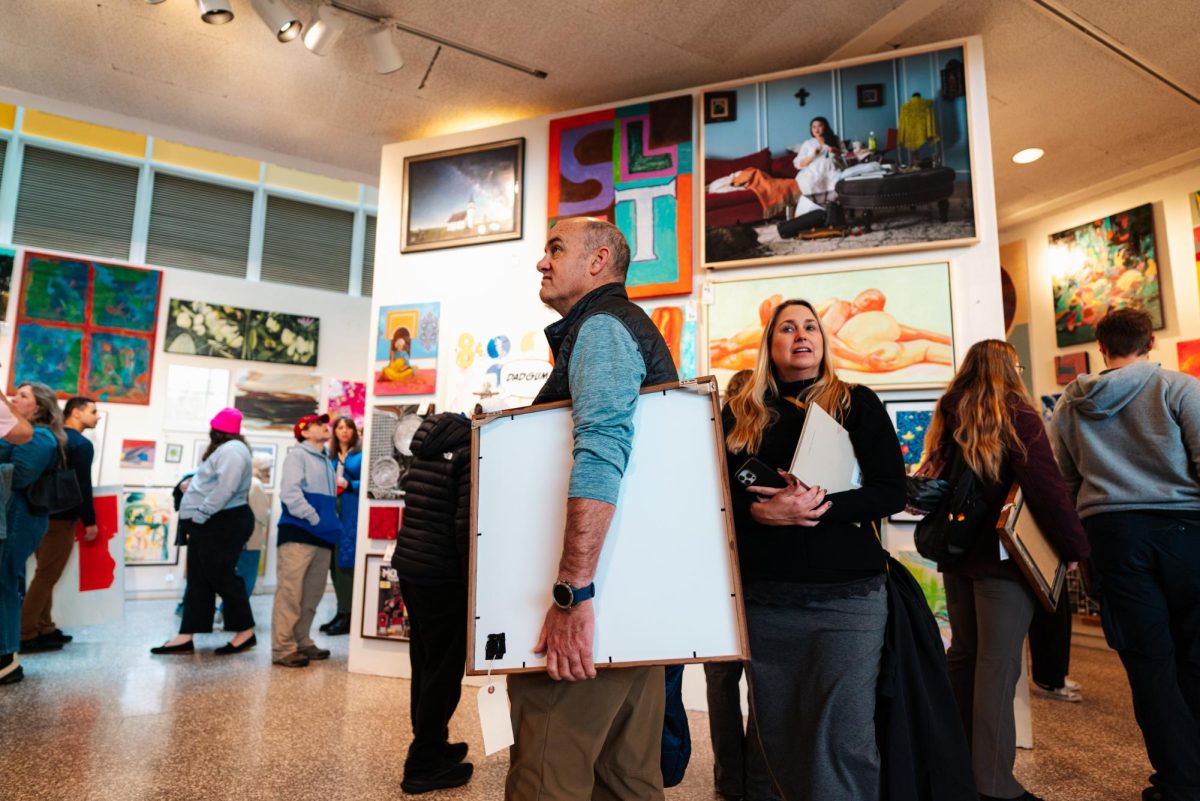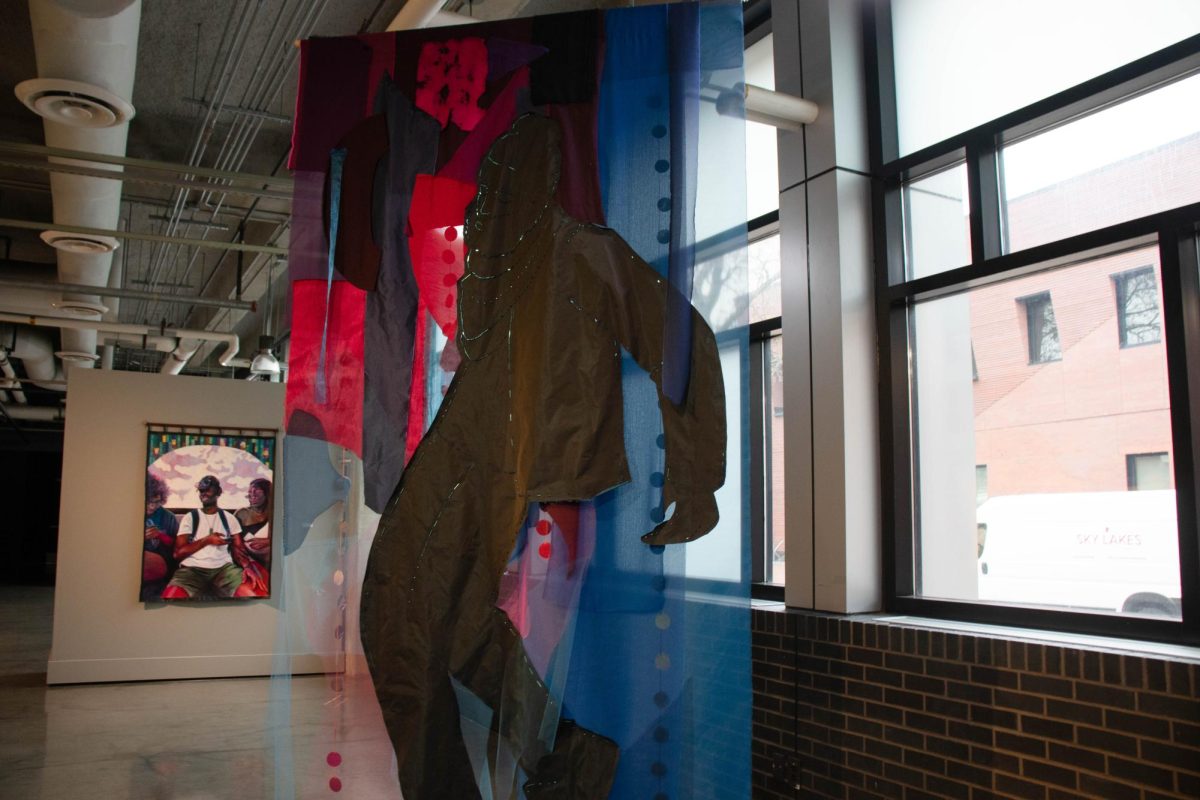Forget mood rings, culs-de-sac and MTV’s “Total Request Live.” These salient characteristics of modern culture, although at times underappreciated and parodied for their blandness, have nothing on the quirky objects that make up the art instillations of “Ordinary Culture: Heikes/Helms/McMillian.”
“Ordinary Culture,” an exhibition beginning Friday at the Walker Art Center, highlights the work of three emerging artists, one from each coast and one from the Minneapolis heartland. Artists Jay Heikes, Adam Helms and Rodney McMillian all converge in an exhibit devoted to the Eros, the ideology and the mundane objects of everyday culture.
Doryun Chong, the exhibition curator, said he fathomed the idea in a realm of abstraction from the get-go. The term “Ordinary Culture” stood alone, with no specifications. Familiar with the artists’ work, he saw them not only as artists, but also as historians, anthropologists and sociologists. Each individual artistic interpretation of “Ordinary Culture” would provide the exhibit with its conceptual backbone.
Artist Jay Heikes, a resident of Minneapolis and New York, is something of a pop-culture fanatic. Some of his past work includes a manipulated photograph of Sharon Tate and a mutated depiction of Sonic Youth’s “Daydream Nation” album cover. He often uses idols and icons in pop culture as a vantage point for exposing a cultural narrative all his own. In “Ordinary Culture,” he depicts the hysteria and basementlike spaces that surround the telling of an old pirate joke.
New Yorker Adam Helms is an artist with a unique fascination of guerrilla warfare, systematic violence and archetypal human social behavior as epitomized in the masked extremist. Through minimalist profiles and cluttered imagery, he explores the gloomy paradigms of nationhood and civilization. Part of his display consists of 48 large slabs of white paper on which sit portraits of hooded gunmen. Only the black cloth that covers their faces exists in the portraits. The men’s identities are reduced to the disguises they wear.
Rodney McMillian, an artist out of Los Angeles, attempts to stage a marriage of seemingly incompatible elements. He views an exhibition as simply a sentence made up of individual words. For “Ordinary Culture,” he takes up issue with the idea of taste, value and the half-life of aesthetics. He uses multiple mediums to articulate what is a uniquely American interpretation of waste, kitchen floor coverings and the culture of idealism.
In this exhibit, pieces of terracotta-colored and suburbanized kitchen linoleum, coupled with a hooded guerrilla army, invade the starch white gallery with a disquieting artistic fervor. Nothing in the exhibition easily translates into a coherent understanding. Any attempt at explanation proves futile, because the exhibits themselves are highly representational.
Like jumbled, mismatched piles of junk at your typical garage sale, they evoke obscure American allegories via the display of things once prized and now discarded. When such a vast term like culture is dragged into the light and scrutinized, dichotomies arise and different angles and perspectives flourish. Even things as omnipresent as running jokes and insurgent masks on the news become oddities at a second glance.







